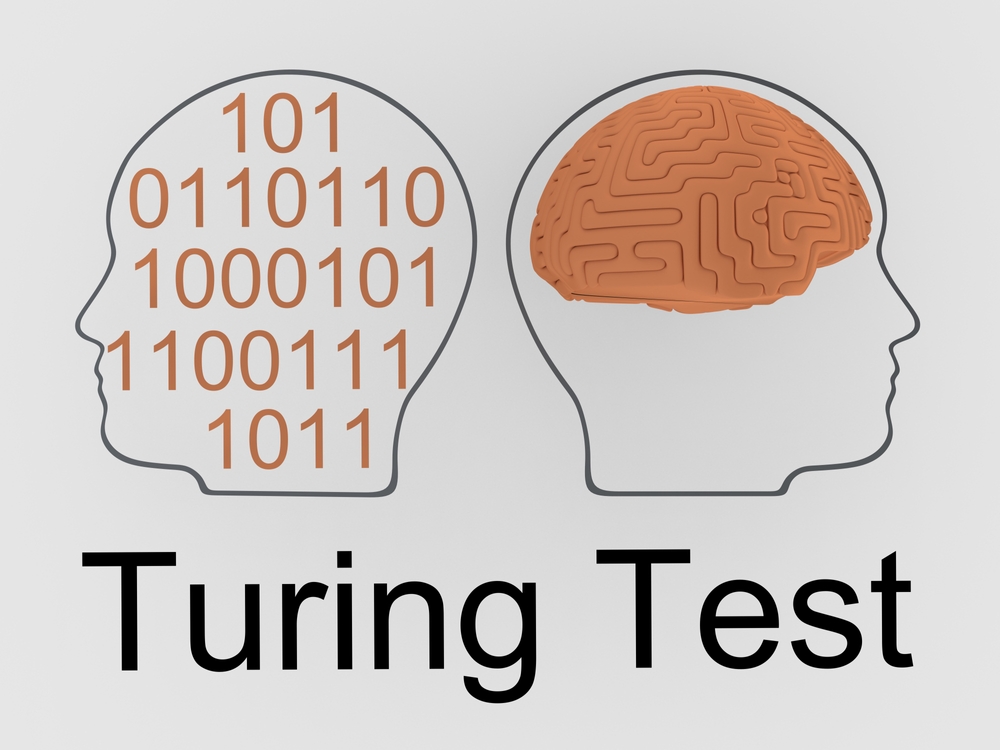Researchers at the University of California, San Diego, delved into an intriguing experiment evaluating the popular chatbot ChatGPT for its capacity to impersonate humans. This study revolved around the classic Turing test conceptualized by mathematician Alan Turing in 1950.
Understanding the Turing Test
Alan Turing’s test aims to discern a machine’s capability to exhibit human-like thinking. It involves a person conversing with both another person and a computer, unaware of which is which. The challenge lies in correctly identifying which interlocutor is a human and which is a computer, with the computer aiming to convincingly impersonate a person.

The Experiment Details
A cohort of 652 volunteers participated in this experimental exploration. A total of 1810 question-and-answer sessions were conducted, meticulously analyzing 1405 of these (excluding duplicates). The participants engaged with ChatGPT versions based on GPT-3.5 and GPT-4, along with the renowned virtual interlocutor ELIZA developed in 1966.
During the sessions, one individual randomly posed questions, while the other responded to prove their human identity. Notably, ChatGPT algorithms inherently prevent direct impersonation of humans.
Results and Insights
The outcomes revealed intriguing insights. ELIZA managed to persuade her conversation partner that she was human in 27% of cases, while GPT-3.5 achieved a success rate of 14%. GPT-4 excelled further, successfully deceiving participants in 41% of scenarios. However, none reached the 50% threshold required to pass the test conclusively.
Interestingly, human participants only accurately identified other humans 63% of the time, indicating the complexity of distinguishing between human and AI interactions, notes NIX Solutions. This sheds light on the relative performance of ChatGPT’s GPT-4 version, which despite falling short of the test threshold, displayed a notable result given the difficulty of the task.
